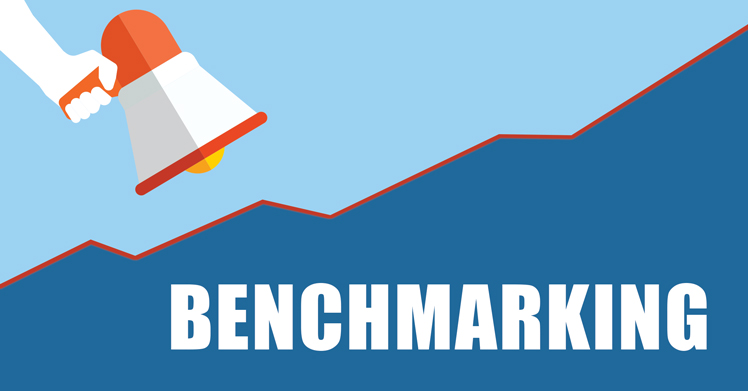Donna Hall brings you top tips from Dental Accountant Alan Suggett on how benchmarking can help you improve your practice…
What does benchmarking mean to you and what can you do about it? How will it help you compare with other practices? And when should you use it?
Benchmarking was used by Sir Clive Woodward when helping England win the Rugby World Cup.
When they won, Woodward was asked what he changed dramatically for England to win the competition.
He said changing one big thing wasn’t his strategy; his strategy was to change 100 things by a small amount.
Here is how you can do something similar with your practice through benchmarking.
What are you doing well?
Benchmarking statistics can be used to review your practice’s profit and loss accounts.
Statistics can also identify what you are doing well or where are you performing below average – that in itself is a great starting point for you to do something about it.
It can also compare your usage of lab and materials – in fact, each and every one of your overheads and expenses – and what financial improvements can be made to these different areas.
A benchmarking report prepared using benchmarking data from NASDAL, specialists in business dental accounting, can go through every line in a profit and loss account to help you maximise practice profits.
Associates’ pay
Benchmarking can also be a key tool when looking at associates’ pay as most associates are paid in a way that has just evolved over a number of years.
Historically, associates were paid 50% of gross fees, but more recently that percentage has reduced, and similar reductions have taken place with UDA rates paid in the NHS.
It is important for you to analyse how associates are paid and this is a different sort of benchmarking.
Benchmarking should not just be the comparison of your numbers with average numbers, but also benchmarking the way that you do things with the way that others may do them.
For example, a young entrepreneurial dentist had the novel idea of creating a radically different associate fee basis to the norm; his private practice paid associates on their activity as opposed to a percentage of capitation fees. The associates were happy as they were rewarded for working harder, and the practice profits increased – a win-win.
Profits
Maximisation of profit is really important and a comparison of an individual practice’s profits against national averages for the same type of practice can be very useful.
By comparing your lab bills, material costs, staff costs and how you are paying your associates with national averages, you would be in a much better position to improve your profits.
The maxim of ‘what you can measure you can manage’ says it all.
About Alan
Alan Suggett is a dental accountant with chartered accountants UNW LLP, based in Newcastle upon Tyne.
The UNW Dental Business Unit looks after approximately 500 dentist throughout the UK, and Alan is also a member of NASDAL where he is on the technical committee, and collates the quarterly survey of practice goodwill values .
He can be contacted on 07860 246718
